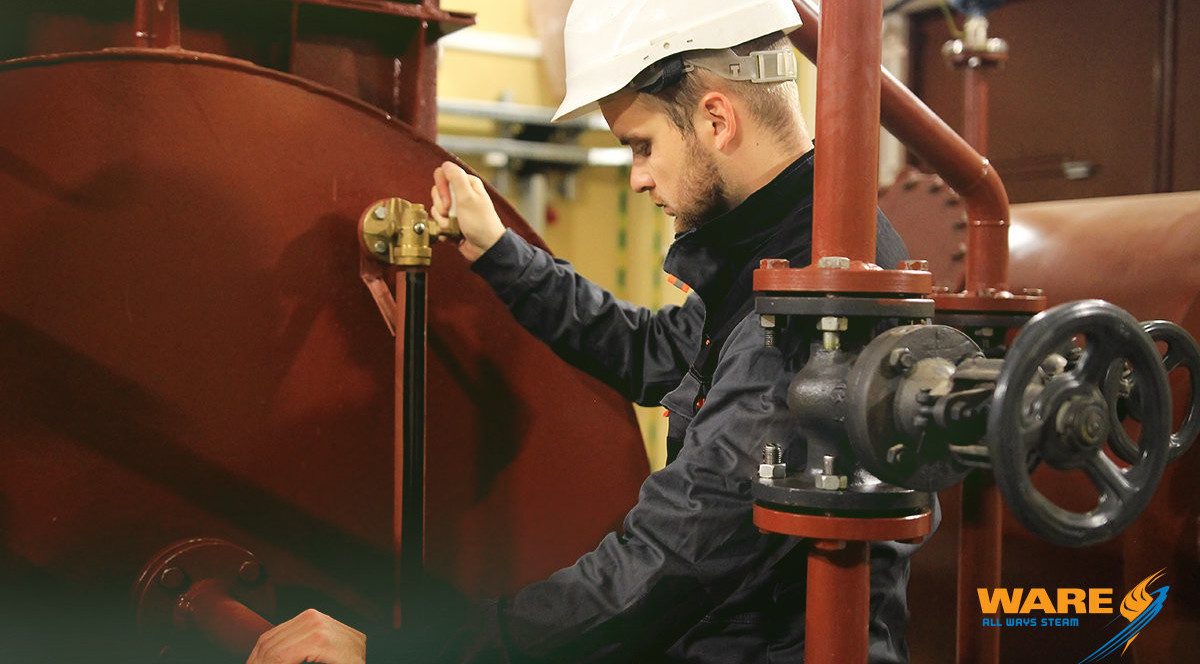You know routine maintenance on your boiler is critical. And lack of it is consistently one of the biggest reasons why boilers fail. Boiler blowdowns are one of the best ways to maintain a healthy and efficient boiler operation.
Boiler blowdown is water that is taken from the boiler at points where concentrations of impurities in the water are high. These impurities, if left unchecked, will significantly reduce the operation of your boiler and can lead to boiler failure.
On most boilers, there are three types of relevant blowdown procedures.
Low Water Cutoff Blowdown
It’s always a good idea to regularly check the boiler system’s safeties, especially those associated with water level.
A blowdown in this area verifies that the low water cutoff is operating correctly and cleans it out.
- Safety first -- put on gloves!
- Crack the valve in order to let the pipe warm up slowly, reducing the risk of thermal shock.
- Open the valve all the way to trip the boiler off on low water.
- Once the alarm sounds, close the valve and allow the boiler to return to normal operation.
- While the boiler goes through the process of relighting, check the information from your boiler’s chemical testing and analyze the reading.
Surface Skimmer/Continuous Blowdown
This process is generally automated and doesn’t require a lot of interaction from the operator.If the conductivity is too low, throttle the valve closed to reduce the amount of water draining and allow the conductivity to rise back up to the optimal levels. If the reading is too high, open the valve to allow for more surface blowdown and the lowering of the conductivity.
Bottom Blowdown
A bottom blowdown deals primarily with two valves: the slow opening valve and the quick opening valve.
- The quick opening valve is closest to the boiler. Open it first.
- Next, open the slow opening valve for a period of time that your water management consultant can help you determine. During this process, it’s important to monitor the gauge glass in order to maintain a safe water level.
- Once this process is complete, close the slow opening valve first.
- Then close the fast opening valve last and re-open the slow closing valve to allow the trapped water to drain out.
- Re-close the slow closing valve.
And that’s it! Performing a boiler blowdown can be easy, and it’s a simple way to keep your boiler operating smoothly for the long run. Want to learn more? Check out this helpful video on all types of boiler blowdowns.
And if you need a hand, just call WARE to speak with our industry leading boiler experts (800) 228-8861.
